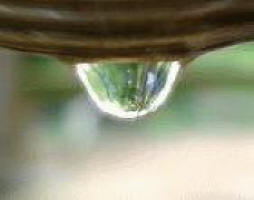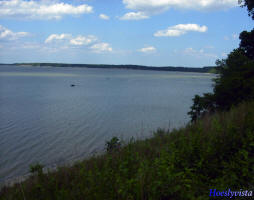 Inventory, analysis and valorization of traditional water techniques of European and Saharan drainage tunnels
Inventory, analysis and valorization of traditional water techniques of European and Saharan drainage tunnels
- Foggaras are traditional systems of water catchment and distribution
typical of arid and semiarid areas. They are made up of horizontal
underground shafts, which drain water and convey it by gravity to areas
where it is needed. The drain age tunnels catch only the quantity of water
that can autonomously reproduce and represent a harmonious system of
maintaining watertables, which are thus fed through the catchment of
humidity and hidden precipitation.
- As a matter of fact they are considered as real structures of water
production. They have been widespread since the 1st millennium B.C. With
different names: qanat, khettara, falaj, madjrat or minas. Foggaras are also
traditional technologies belonging to the cultural heritage of peoples who
safeguard this ancient and clever know-how in any situations. Closely
related to the building of mausolea and settlements, they characterize
landscapes, which their constructions made fertile.
| Project number | ICA3-CT-2002-10029 | ||
|---|---|---|---|
| Subject(s) | WATER DEMAND , HEALTH - HYGIENE - PATHOGENIC MICROORGANISM , no translation available | ||
| Acronym | FOGGARA | ||
| Geographical coverage | Italy, Morocco, Algeria, Tunisia, Spain | ||
| Budget (in €) | 1050000 | ||
| Programme | INCO MED (FP5) | ||
| Web site | http://www.ipogea.org/foggara/foggaraing.htm | ||
| Objectives | - The general aim is the better understanding of the characteristics and the
functioning of foggaras within European and Maghrebian countries in order to
valorize them both as World Heritage, as the whole of knowledge and as an
efficient way of water production guaranteeing the proper management of
water resources and the ecosystem upkeep. - In particular, in two European countries, in Morocco, in Algeria and in Tunisia research will rely on theoretical basis and on on-site experimental surveys: inventory of existing drainage tunnels; analysis of their functioning and methods of realization; causes of persistence or abandonment; study on restoration and maintenance methods; potentialities for re-using and reintroducing foggaras. |
||
| Period | [01/05/2003 - 31/07/2006] | ||
 you are not logged in
you are not logged in





